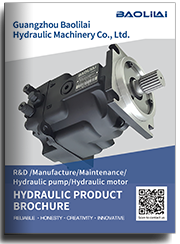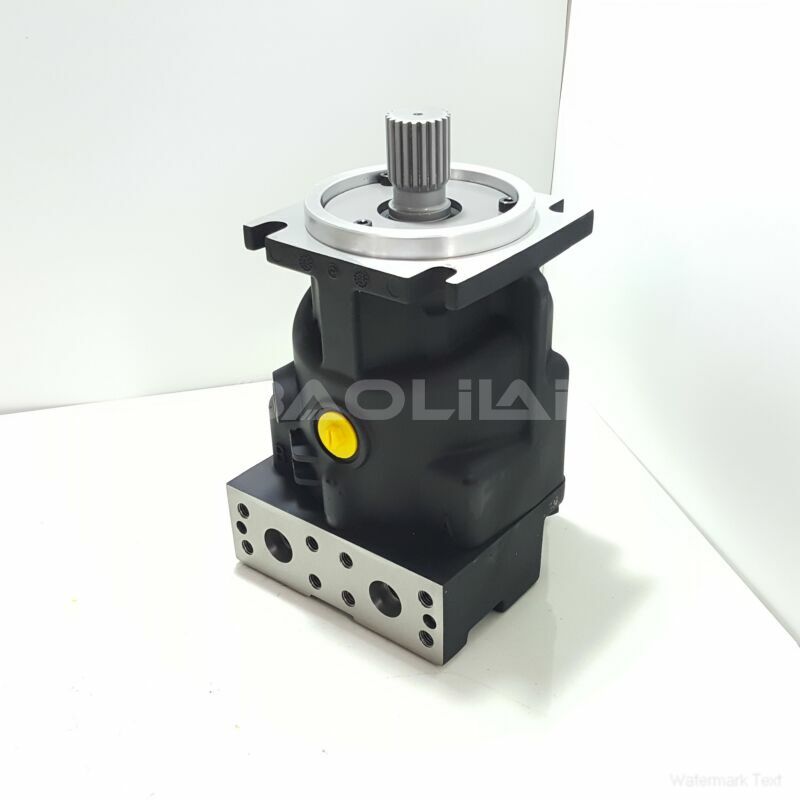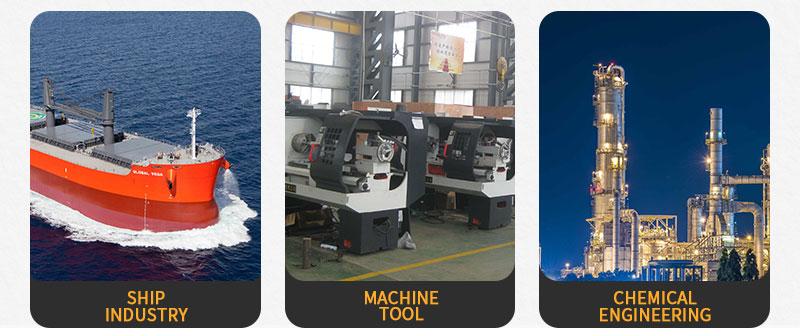90M055NC0N8N0D9W00NNN0000F3 piston motor
90M055NC0N8N0D9W00NNN0000F3 piston motor

- Product Details
- Applicable Scene
Hydraulic motors are integral components in numerous industrial applications, converting hydraulic energy into mechanical power. However, their efficiency and longevity can be severely compromised by the presence of contaminated fluids. Contaminants can come from various sources, including dirt, dust, metal particles, and water, leading to premature wear, system failures, and costly repairs. To safeguard hydraulic motors from damage, a proactive approach to fluid cleanliness is essential.
90-M-055-NC-0-N-8-N-0-D9-W-00-NNN-00-00-F3
90M055NC0N8N0D9W00NNN0000F3
One of the primary ways to prevent contamination is through proper filtration. Installing high-quality filters can help trap contaminants before they reach the hydraulic motor. It is crucial to select filters with appropriate micron ratings based on the specific system requirements. Regularly monitoring and replacing filters will also ensure optimal fluid cleanliness. Implementing a replacement schedule based on operating hours or pressure drops across the filter can help maintain system integrity.

83060296
Another important aspect is the maintenance of fluid reservoirs. Ensuring that the reservoir is clean and properly sealed can prevent dirt and moisture ingress. It is advisable to clean the reservoir regularly and inspect it for any signs of wear or damage. Appropriate breathers equipped with filters can also help minimize the risk of contaminants entering the system while allowing air exchange.
Conducting routine fluid analysis is vital for early detection of contamination. By regularly sampling and analyzing hydraulic fluids for particle counts, water content, and other impurities, operators can identify potential issues before they escalate. This data-driven approach allows for timely interventions, including fluid changes or system cleanings, ultimately extending the lifespan of the hydraulic motor.
Operators should also educate their staff on the importance of cleanliness in hydraulic systems. Proper handling procedures during fluid transfer processes, such as using clean containers and avoiding exposure to open air, can significantly reduce contamination risks. Training personnel to recognize signs of potential contamination, such as unusual noises or performance issues, can lead to quicker diagnostics and repairs.





